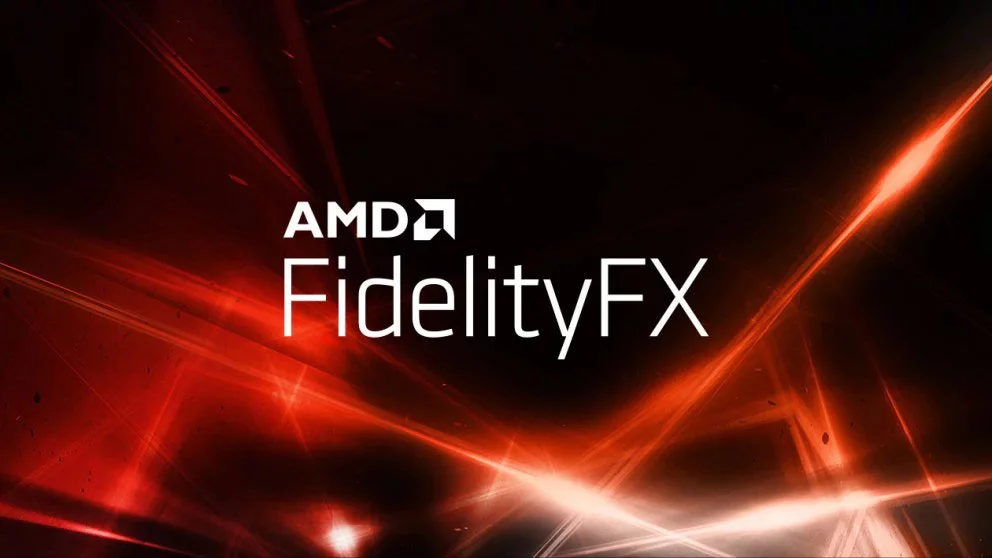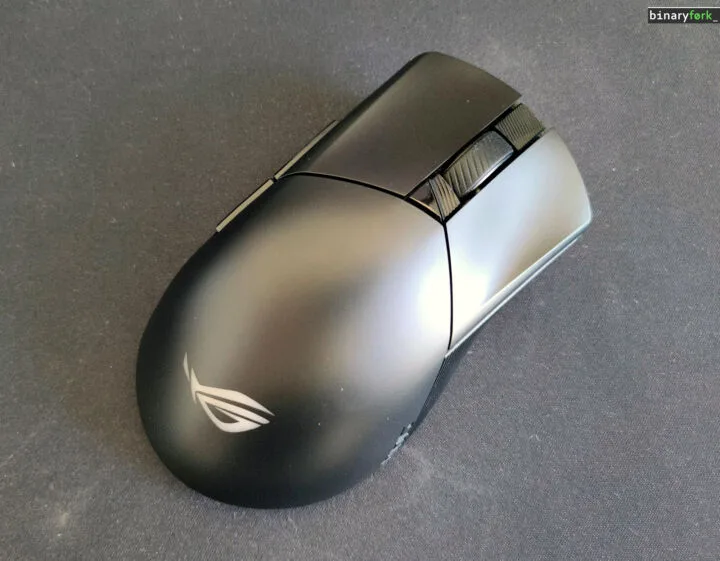- AMD’s answer to Nvidia’s DLSS supersampling technology is called FidelityFX Super Resolution, or FSR.
- Super Resolution will support both AMD and Nvidia graphic cards. Older cards are supported too.
- Four different performance modes will be supported: Ultra, Quality, Balanced, and Performance.

AMD is set to close the gap between its graphic cards and Nvidia’s current Ampere generation. One key missing feature was a smart upscaling technology like DLSS.
This is being addressed right now with FidelityFX Super Resolution, just announced by AMD. Unlike DLSS, which is a proprietary closed technology, AMD is taking the open approach, just like it did with Adaptive Sync in the past.
FidelityFX Super Resolution (FSR) will dramatically increase frame rates for current GPUs while retaining almost the same level of detail in games. That’s possible through rendering at a lower actual resolution and upscaling the result to the native used resolutions.
Check our guide about popular screen resolutions acronyms.
Four performance modes, Ultra, Quality, Balanced, and Performance will let you choose the performance/detail ratio more accurately. The first announced results are very promising, but we need to test on a wider range of games to determine how effective FSR really is and the actual quality delivered.
In Godfall an RX 6800 XT GPU running at 4K, Epic preset, got 49 FPS native, 78 FPS on FSR Ultra, 99 on FSR Quality, 124 of FSR Balanced, and 150 on FSR Performance. That’s a massive increase on higher performance modes. A GTX 1060, the most popular card on Steam currently, got a 41% performance increase at 1440p (38 from 27 FPS) by just enabling FSR Quality Mode.
And that’s probably the best news: FidelityFX Super Resolution will work on both Nvidia and AMD platforms and will support older hardware. AMD mentioned RX 6000, 5000, 400, and GTX 10-series and newer cards, plus Ryzen CPUs with integrated graphics.
Game developers will still need to code FSR support into their games, but AMD promises it’s pretty straightforward. The first games with FSR will launch in June. If you have a preferred game there’s even a wishlist/petition on AMD’s website.
What I can say for sure is that upscaling technologies are here to stay, and that can only benefit gaming performance. Unreal Engine 5 will also integrate its own upscaling tech, and so will Intel in its Arc GPUs. We’re in for a treat guys.
The gaming experience is changing at a very fast pace thanks to technologies like Auto HDR, NVIDIA DLSS, AMD FSR, and Direct Storage and I like the new direction.







